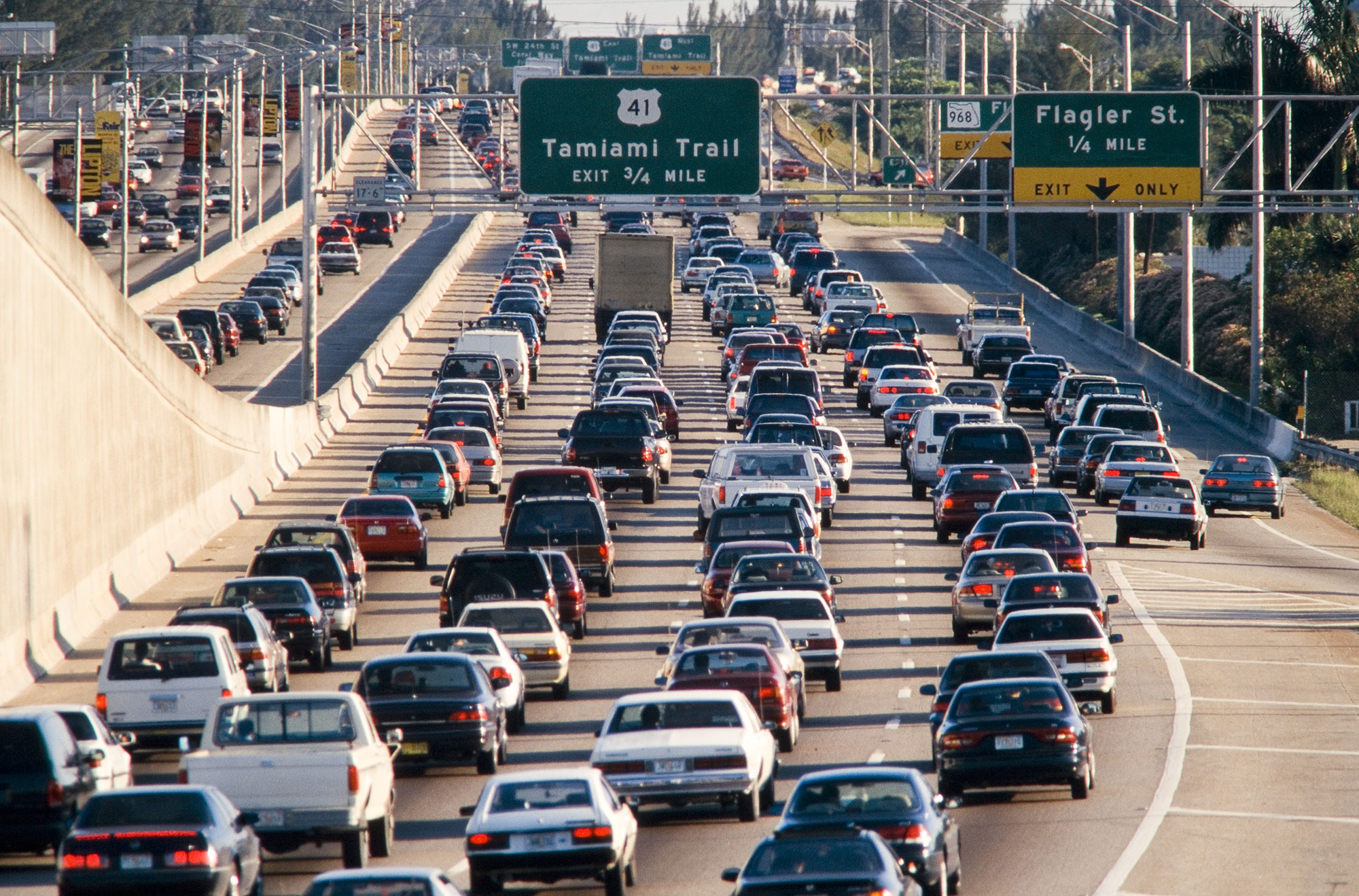Traffic Impact Assessment (TIA) is a multifaceted analytical process that evaluates how a proposed development or infrastructure modification will influence existing traffic patterns, road safety, and overall transportation systems. For urban planners, engineers, and local governments, TIA serves as an essential tool in the decision-making arsenal when considering proposals ranging from residential complexes to commercial installations. But have you ever pondered how the simple act of building a new coffee shop could transform the traffic dynamics of an entire neighborhood? In this article, we explore the intricacies of Traffic Impact Assessment, its components, methodology, and implications.
At its core, a Traffic Impact Assessment seeks to elucidate the direct and indirect repercussions that new developments may induce on the surrounding roadway network. Factors such as increased vehicular volume, pedestrian movement, and the potential for congestion are meticulously scrutinized. This assessment not only takes into account the immediate vicinity of the proposed project but also broader impacts that may extend into adjoining roadways. With burgeoning urban populations and finite roadway space, understanding these dynamics is more critical than ever.
The Need for Traffic Impact Assessment
Why focus on TIA, you may ask? The answer is simple; urbanization and population growth lead to a significant increase in vehicular traffic. More vehicles on the road often translates to gridlock, which can be both time-consuming and detrimental to economic productivity. Not to mention, increased traffic can compromise safety and negatively affect air quality. Thus, TIA acts as a preventive measure, helping planners mitigate potential adverse effects before they manifest.
This process generally begins with the identification of the proposed development and its scope. A retail shopping center may attract throngs of customers, while a new housing project could lead to a surge in local traffic. Understanding these nuances allows for a more accurate modeling of traffic flow and potential congestion points.
Components of Traffic Impact Assessment
A comprehensive TIA comprises several critical components including the existing traffic conditions, projected traffic generation, analysis of traffic flow, and mitigation measures. Each of these elements plays a vital role in painting an accurate picture of the potential impacts on the roadway system.
- Existing Traffic Conditions: This element involves the collection of data regarding current traffic volumes, peak hours, and road conditions. Traffic counts are often conducted at various times to ensure a representative understanding of the existing landscape. In this phase, planners also examine historical traffic patterns to note trends that may influence future assessments.
- Projected Traffic Generation: An estimation of how many vehicles a new development is likely to generate is fundamental. Various methodologies are employed to calculate these projections, often relying on trip generation rates established by national standards. Consider the example of a new grocery store—estimating the number of customers and their corresponding vehicular trips is crucial in understanding the additional burden on local infrastructure.
- Traffic Flow Analysis: Once traffic generation has been quantified, the next logical step is to analyze how this influx will interact with existing traffic. Modeling software can simulate various scenarios, accounting for factors such as peak-period traffic, turning movements, and pedestrian crossings. These simulations provide invaluable insight into potential bottlenecks that may require intervention.
- Mitigation Measures: Should the analysis indicate adverse effects, planners must propose appropriate mitigation measures. These could include adjustments to traffic signals, road realignment, or the construction of additional lanes. The goal here is to ensure that the new development does not create an untenable situation for existing road users.
Methodology: How Traffic Impact Assessments are Conducted
The methodology employed in conducting a TIA can vary, but it typically follows a structured approach. Initially, stakeholders will convene to define the objectives and parameters of the assessment. Data collection follows, encompassing not just traffic counts, but also input from the community regarding existing frustrations with traffic patterns. After establishing baseline conditions, the projected impacts of the proposed development are analyzed through traffic modeling techniques. Lastly, the report culminates in recommendations for alterations or improvements needed to accommodate the expected changes.
Challenges in Traffic Impact Assessment Long-Term Implications
The importance of Traffic Impact Assessments extends beyond the immediate context of any given project; they have lasting implications for urban planning and development. Effective TIAs can lead local governments to rethink zoning laws, public transport accessibility, and investment in road maintenance or development. In a rapidly changing urban landscape, TIAs serve as a crucial benchmark for sustainable growth, ensuring that progress does not come at the expense of efficiency or safety.
In conclusion, while the challenge of conducting a Traffic Impact Assessment is undeniably significant, it is a necessary endeavor that safeguards both infrastructure integrity and community livability. It ensures that as we build our cities to accommodate growth, we do so in a manner that respects the needs of current residents and future generations alike. After all, the next time you get stuck in traffic, consider the complexities that might be at play behind the scenes. The dynamics of urban transportation are far more intricate than they appear at first glance.
